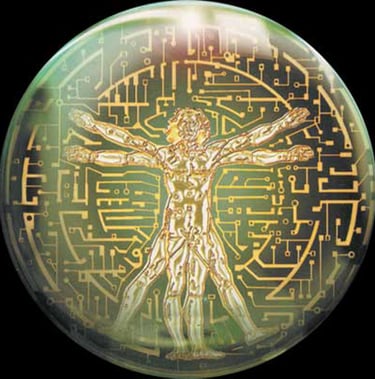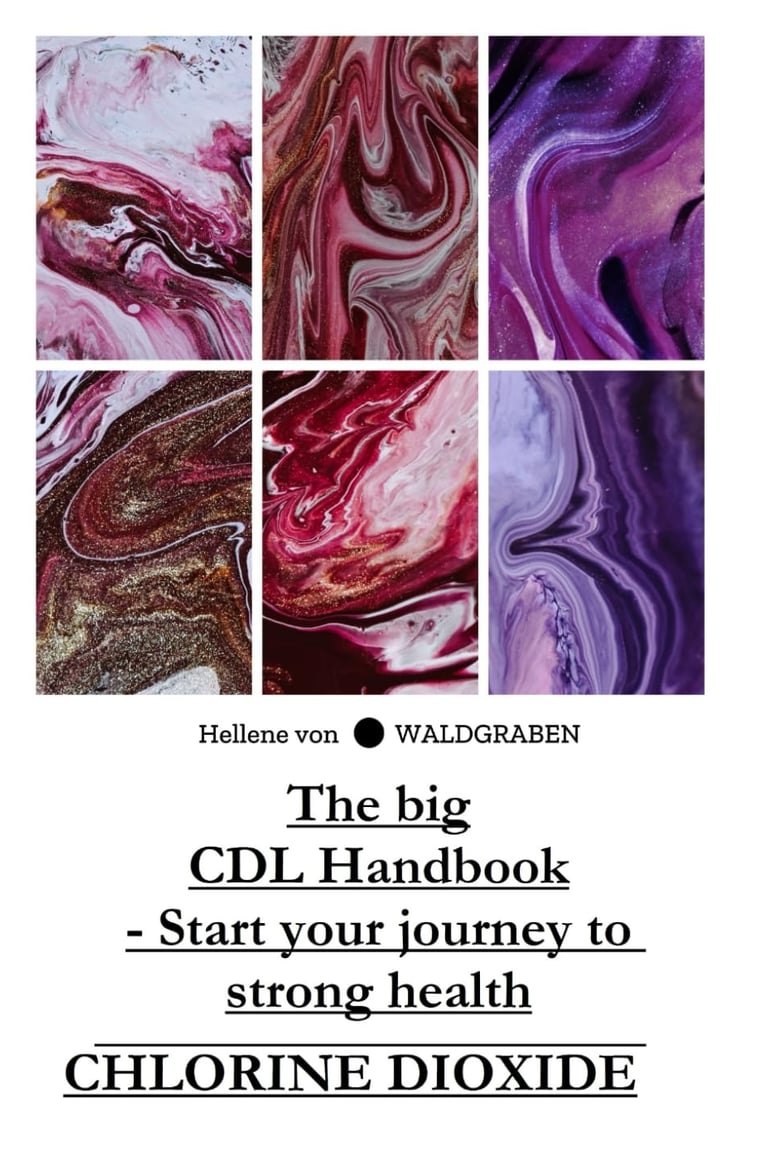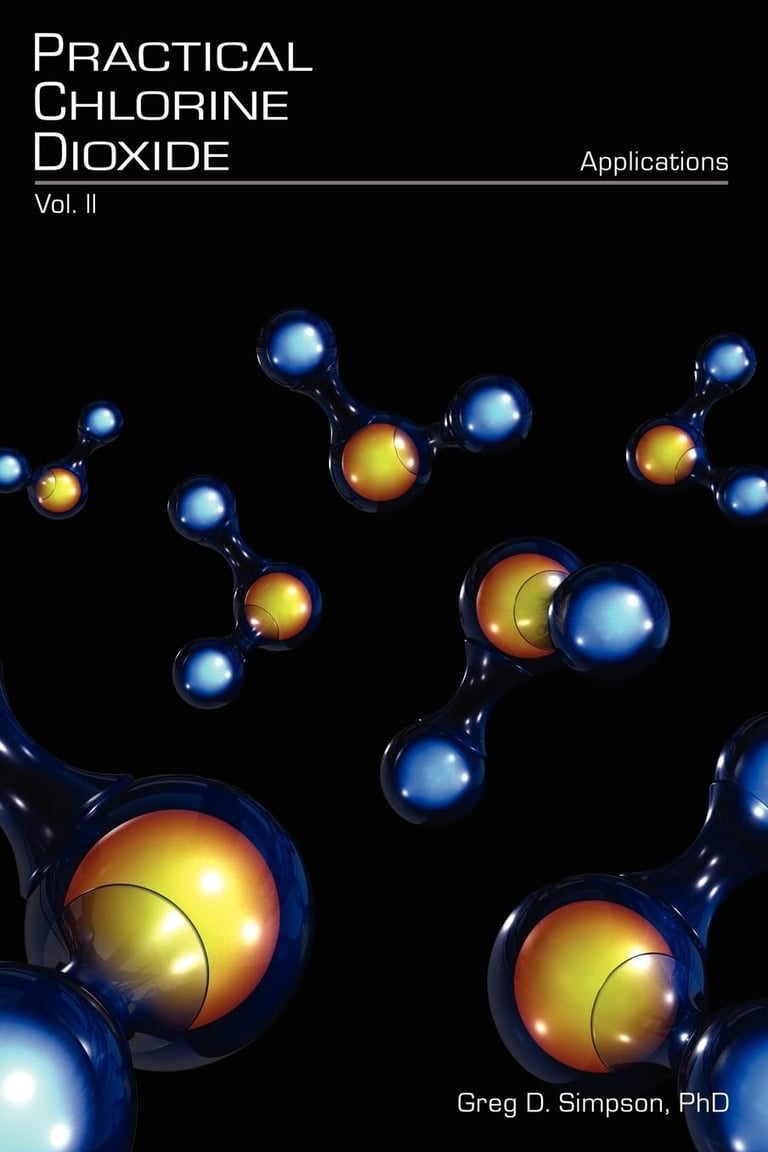WARNING: This website contains facts and opinions some may find offensive...
CHLORINE DIOXIDE
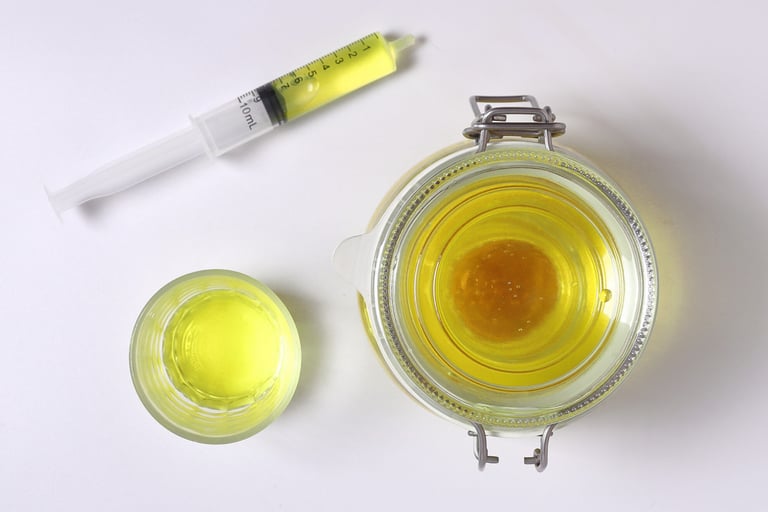

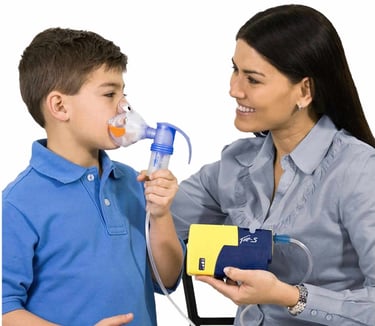

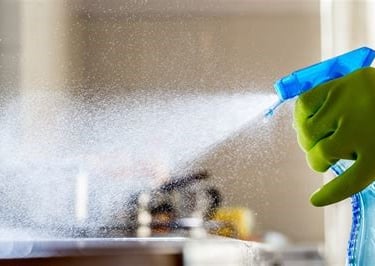

There is an inexpensive and effective chemical remedy that exists, and that remedy has been silenced, falsely discredited, and hidden from the world. There is undeniable evidence, as well as countless testimonies of its safe use and powerful effectiveness. Chlorine dioxide functions by “electrical discharge” rather than cellular intoxication.
At room temperature, chlorine dioxide is a gas. Highly soluble in water, it is made by mixing sodium chlorite solution with citric acid, hydrochloric acid, or even acetic acid (vinegar). Technically, CD is called an "oxidizer." Although there are other oxidizers—such as ozone, hydrogen peroxide, and chlorine bleach—that can cause damage, chlorine dioxide stands out in the gentle way it oxidizes. Unlike the other oxidizers, chlorine dioxide does its electron-stealing job with very low power. CD can't take electrons from the "good" bacteria that hold onto their electrons tightly; it can only take electrons from the greedy or "bad" organisms that don't hold onto them very well.
While chlorine dioxide has “chlorine” in its name, its chemistry is radically different from that of chlorine. Chlorine dioxide is registered as a sterilizer and biocide and is used to sterilize medical facilities and laboratories including BSL-3 and BSL-4 labs which handle the world's most deadly pathogens. https://www.clordisys.com/lifesciencesapp.php
Chlorine dioxide may seem new to the scene, but it has been around since 1814, when British chemist and inventor Sir Humphrey Davy discovered chlorine dioxide gas. The US has used chlorine dioxide in various applications since the 1930s. In 1944, for example, New York's Niagara Falls community completely switched to chlorine dioxide in their water treatment plant because they had a problem with phenols, and it was so effective, at removing toxic contamination. They also stated that the water tasted better.
In 1967, the EPA registered chlorine dioxide for use as a sanitizer and disinfectant, with indicated uses including "food processing, handling and storage of plants, bottling plants, washing fruit and vegetables, sanitizing water, controlling odors and treating medical wastes. All the fruit and vegetables that you eat have been sanitized with chlorine dioxide. In 1988, the EPA also approved chlorine dioxide for hospital sterilization.
The government has used chlorine dioxide in a variety of decontamination situations. After 9/11, when weaponized anthrax was sent to a Senate office building in Washington, DC, they used chlorine dioxide gas to decontaminate that and other buildings. Chlorine dioxide also decontaminates a wide range of chemical weapons. In Louisiana, FEMA used chlorine dioxide in the clean-up after Katrina and advised the public to use chlorine dioxide tablets to make their drinking water safe. Purdue University has been doing food services research on chlorine dioxide for decades.
Chlorine dioxide has been available for human and animal use since the 1970s, but it was when a common gold miner discovered how easy it was to make and treat yourself with chlorine dioxide, and that the establishment came out with false information and misleading scare tactics to keep people from personally experiencing the power of chlorine dioxide for themselves.
The news media calls it a poisonous bleach and the Food and Drug Administration says that it's a dangerous toxic chemical and harmful to humans. While chlorine dioxide has “chlorine” in its name, its chemistry is radically different from that of chlorine. It is true that chlorine dioxide is used in the paper industry as a bleaching agent and this is where much of the controversy arises. Yet not that long ago, NASA researchers proclaimed it to be a universal antidote and more recently, thousands of physicians in Central and South America have used it with 100% effectiveness against COVID-19.
Chlorine dioxide is a gas, so when you drink it, you're drinking a gas in water. That means that in between drinks, you need to keep it in a bottle with a lid. Make sure not to use a metal bottle or lid; both should be either plastic or glass. CD will react with metal. A gas is made by combining sodium chlorite solution with an activator—a weak acid. Activators commonly used are hydrochloric acid, citric acid, or acetic acid (vinegar). It's best to take it all day long in small doses, rather than in a few bigger dowses. When treating autistic kids, when they're treated every hour, they get much better results.
Don't take chlorine dioxide, an oxidant, with antioxidants, like vitamin C or glutathione, because they will cancel each other out. If you are taking any medicines or supplements, take them in the morning before you start drinking the CD, or in the evening after you're done with it.
For chlorine dioxide to be used as a bleaching agent, the solution concentration will be on average 5% which equals 50,000 ppm. Dosing used for human health ranges from 25 ppm to 70 ppm solution. When chlorine dioxide is used appropriately in the minuscule quantities required to eliminate pathogen's and benefit human health; it's totally safe.
Comparing chlorine dioxide with hydrogen peroxide, if you have a wound, hydrogen peroxide will keep it from getting "infected." However, sometimes their wound won't heal. They should stop the hydrogen peroxide because the it's killing the cells that are trying to come into that wound and heal it. Chlorine dioxide does not cause damage in this way. When you use chlorine in a swimming pool or spa, it produces hydrocarbons, including chloramine, that are toxic and get into your body. When you dump chlorinated water into the sewer, it becomes chloroform to some degree. This is not good stuff! In 1956, Brussels Belgium switched from chlorine to chlorine dioxide for their drinking water purification, recognizing that while chlorine may clean the water, it's toxic to us.
As we all learned in high school chemistry, we can mix two compounds and create a third that bears little resemblance to its parents. For instance, by mixing two parts of hydrogen gas with one of oxygen—liquid water is the formed. We should not be misled by the fact that chlorine and chlorine dioxide share a word in common. The chemistries of the two compounds are completely different.
Since its discovery in 1814 by Sir Humphrey Davy, the use of chlorine dioxide has slowly grown, and it is now used in a wide range of industries. Its use has significantly increased since the late 1970s. https://www.scotmas.com/chlorine-dioxide/what-is-chlorine-dioxide.aspx
ClO2 is a biocide. This means it kills all bacteria, viruses, and fungus on contact through a process of oxidization. It has many applications from the food and beverage industry where it is used as an antimicrobial agent for washing foods, cleaning produce, and disinfecting liquids. It's used in the pharmaceutical and medical device industry for contamination control and sterility.
Hospitals, schools, and daycares use it as a sterilizing disinfectant to prevent dangerous pathogens like MRSA, corona virus, and mold spores.
Here is a running list of microorganisms which include bacteria, viruses, and fungi that it is known to inactivate: https://www.prokleanservices.com/assets/images/CL02PROVEN.pdf
For disinfecting drinking water, 0.5 to 1 ml of CDS at 3000 ppm per liter of water is used, depending on the contamination level. Milliliters are used for precision, as drops are not accurate.
For oral use, always dilute the CDS concentrate (3000 ppm = 0.3%) in water. The gas should be stored in a refrigerator because it evaporates at temperatures above 11°C if the bottle is open. It is sensitive to sunlight or ultraviolet light.
Stored in a tightly closed dark brown glass bottle, it does not evaporate and can be transported at normal temperatures without significant deterioration. No metal containers or lids should be used.
In the stomach, CDS diffuses completely due to the temperature of 36.5°C (according to Fick’s first law) and enters the bloodstream, where it decomposes upon encountering pathogens or other inflammatory substances in the presence of oxygen, leaving less residue than a salt crystallite.
It does not leave harmful residues in the body. Laboratory tests on mice have shown that animals that consumed it throughout their lives lived up to 30% longer than the average.
According to data from the EPA, the toxicity of CDS is 292 mg/kg, meaning a 70 kg adult would need to consume more than 7 liters of CDS concentrate daily for 14 days to experience toxicity, which is implausible.
Importantly, CDS does not contain sodium chlorite salts (NaClO2). It is a gas dissolved in water and differs from chlorine dioxide produced by mixing two components (known as MMS), which can cause side reactions like vomiting or diarrhea when used in high doses.
Over the last 16 years, no interactions with other medications taken an hour apart have been observed, which is logical since medications generally do not react with abundant substances like oxygen and salt in the body.
Venous blood gas measurements have indicated a 30% increase in blood oxygen when taken orally and up to 50% when administered intravenously. This increase lasts about 2 hours.
Additionally, a reduction in acids (LAC) and an improvement in renal hepatic values (CREA) have been noted, unlike with conventional drugs. Significantly, CDS cannot cause chemical burns due to its neutral pH. However, at high concentrations, it can oxidize natural tissue colors, similar to liquid oxygen.
There are no reported contraindications for pregnant or lactating women in scientific literature or during the 16 years of usage. To date, many positive reports on its biocompatibility have been published.
Chlorine dioxide is used for municipal water purification and has become the gold standard because it is safe for human consumption, non-carcinogenic and non-mutagenic. Chlorine dioxide is a gas that must be produced at the time of use.
The most common and simple method for producing chlorine dioxide gas is a process of mixing sodium chlorite (NaClO2) and an acid activator. When these two substances are mixed, chlorine dioxide gas forms.
The gas is a very simple and tiny molecule and contains one chlorine atom (Cl) and two oxygen atoms (O2).
One of the main reasons why chlorine dioxide is replacing chlorine bleach in many water treatment facilities is because its byproducts do not react with organic compounds in the same way as chlorine bleach.
The byproducts of chlorine dioxide are safe and not harmful for human consumption.
Safety studies performed since the 1970s have shown that chlorine dioxide when used appropriately is safe for human consumption. More recent animal studies have also helped to identify safe levels of chlorine dioxide for oral and inhalation use.
It is extremely soluble in water and does not create chemical bonds. This means that the gas can be dissolved entirely in water. Because of this property it can be used to safely and effectively purify water while completely deactivating viruses, bacteria, fungi, and some types of small parasites.
It even neutralizes many toxins, pesticides, herbicides, and pharmaceuticals that contaminate drinking water.
As an added bonus, It can do all of that without producing any harmful organic compounds as occurs with nearly all other disinfectants. https://www.scotmas.com/chlorine-dioxide/is-ClO2-safe-for-the-environment.aspx https://www.clordisys.com/safety.php
Industries that rely on chlorine dioxide for disinfectant properties include agriculture, health care, food, beverage, public water works, and air quality just to name a few.
Up until the 1970s, chlorine dioxide was primarily used on a small scale for water disinfection but failed to gain early and widespread use because of the inexpensive but more toxic chlorine bleach which had been used for drinking water disinfection since the 1920s.
Howard Alliger an inventor, scientist, and business man first discovered the beneficial effects of chlorine dioxide for not only human and animal health but for almost anything that involves killing bacteria, viruses, and fungi.
He made his discovery while searching for a non-corrosive sterilizer that could be used with a product that he had helped develop and sell called the sonicator. This work led him to experiment with chlorine dioxide as a sterilizer with part of his system.
He discovered a formulation for a simple method of generating chlorine dioxide using sodium chlorite and an acid activator. The method worked perfectly with his sonicator. He patented the chemical process and named it Alcide.
He then discovered that the chemical worked just as well for sterilization without the ultrasonic device. He took his patented process and chemical formulation for producing chlorine dioxide and formed a company around it using the same name, Alcide Corporation. https://www.encyclopedia.com/books/politics-and-business-magazines/misonix-inc
This article below is the article in which NASA labeled a patented chlorine dioxide product called Alcide, A Universal Antidote. You will find the article on pg. 118-121. https://spinoff.nasa.gov/back_issues_archives/1988.pdf (Pg. 118-121)
This is an earlier NASA article: https://spinoff.nasa.gov/back_issues_archives/1983.pdf (Pg. 86-87) (This is a PDF file and may give you a warning when you open. It is safe to open the pdf file)
Alcide Corporation went on to produce multiple patents and products that utilized the antimicrobial and healing effects of chlorine dioxide. Alcide Corporation had patents for treating wound disinfection, donated human blood and blood component disinfection, an oral rinse for prevention and treatment of infection, formulations for anti-inflammatory diseases including psoriasis, fungal infections, eczema, dandruff, acne, genital herpes, and leg ulcers.
Other products included topical applications for preventing and treating bacterial infections including udder mastitis, in mammals. Also under development were systemic anti-inflammatory formulations and methods for reducing inflammation in tissues such as the bowel, muscle, bone, tendon and joints.
Methods also were developed and patented for preventing and treating microbial infections in the lower genital tract of mammals. These included treatment of vulvitis, vaginitis, cervicitis, and endometritis which involved an intra-vaginal and/or intra-uterine infusion.
Apart from the applications for human and animal use Alcide Corporation also received multiple patents that utilized chlorine dioxide for the treatment and disinfection of food and beverages, the disinfection of surfaces for Industrial, health care, agricultural, and more:
https://patents.google.com/patent/EP2525802A4/en?inventor=Howard+Alliger&oq=Howard+Alliger
CONTRAINDICATIONS: Do not inhale massively! Inhalation should be avoided for safety reasons (except by experienced physicians and in hospitals). However, CDS concentrate can be applied to the skin as a spray. Do not use occlusive dressings with the concentrate to avoid irritation.
KNOWN INTERACTIONS: CDS reacts with antioxidants such as synthetic vitamin C and loses its efficacy. Therefore, simultaneous use of antioxidant pharmaceutical supplements should be avoided. No issues have been described with the ingestion of vegetables or other foods if taken half an hour apart.
ADVERSE EFFECTS: No serious adverse effects have been reported after many years of use or in three peer-reviewed clinical trials involving more than 3500 patients [Aparicio et.al, Insignares et.al, and others] and thousands of independent medical clinical reports.
No adverse signs were observed in hepatic, renal, and QT levels either. They even subsequently improved. The alleged deaths turned out to be false upon examination by pathologists.
SIDE EFFECTS: According to current studies, only 6% of patients have experienced mild effects. These are considered transient healing crises (Herxheimer) and are very low. The effect is higher in people taking many medications (polymedicated, intoxicated by heavy metals and/or parasites) and is usually due to toxin accumulation.
Mainly observed effects include increased urination, tiredness, dry mouth at high doses, mild headache, slight increase in mucous activity, reflux, and temporary increase of gases. All these symptoms disappear after 7 days or upon discontinuation of use.
In intravenous clinical use, vein irritation (phlebitis) has been observed in some cases, especially when injected with an excessive concentration (> 80 ppm) or too rapid application, particularly if the pH has not been previously adjusted with a bicarbonate solution to a pH of 7.4-7.6. This treatment is exclusively for physicians and researchers under the Helsinki protocol (AMA).
STORAGE: CDS concentrate is preferably stored in brown glass pharmaceutical bottles in the refrigerator. The cap should always be tightly closed to prevent the gas from escaping as it is very volatile. Temperature has not shown to be a relevant factor in tightly closed bottles during transport.
CDS is affected by ultraviolet light; therefore, it is advisable to store it away from the sun and preferably in dark or protected places. The yellow color is a good reference for concentration and as long as it remains yellow (sunflower oil color or greenish yellow), it is effective.
If over time the color loses intensity, just increase the amount appropriately for use. There is no scientific evidence that CDS affects PET plastic at daily diluted concentrations. Like other medicines and special substances, it should be stored out of the reach of children.
TYPES OF CDS: There are two technical methods for producing chlorine dioxide: CDS and CDE. The first method uses a mixture of components, wherein the precursor, sodium chlorite [NaClO2], is mixed with an acid (hydrochloric acid [HCl] or citric acid) by capturing only the gas in a glass jar with water or by bubbling the gas through water via pumping.
The second method is CDE (electrolytic chlorine dioxide), which produces chlorine dioxide through electrolysis and preferably microfiltration. This method does not contain traces of acid and is thus more suitable for injection when its pH is correctly adjusted. The injectable solution in saline NaCl (0.9%) generally has a concentration of 50 ppm and is called CDI (chlorine dioxide for injection).
Since chlorine dioxide is a gas, the pH of the diluted solution primarily depends on the pH of the water used for dilution. If slightly acidic water is used, then the diluted solution will be slightly acidic; if neutral water is used, the diluted solution will be neutral; if slightly alkaline water is used, then it will be above pH 7.
For oral intake, the pH value plays a secondary role since gastric juices are strongly acidic with a pH range between 1-2. Most beverages like lemonade or soft drinks, with a pH of 3.5 or lower, are more acidic than CDS itself.
Seawater can be added, however, this solution should always be prepared fresh and not allowed to stand for several days to avoid interactions with the minerals present in seawater. It can be prepared independently and taken simultaneously.
Measurement: The CDS concentration can be measured in several ways:
1. Measuring test strips (La motte 3002) (Range 10-500 ppm) require dilutions.
2. Chemical titration (Iodometry) provides quantitative laboratory chemical analysis to determine the concentration.
3. Spectrophotometry (Mara ClO2, wide range) (Range 10-4000 ppm) can determine the concentration and presence of substances other than ClO2, without requiring reagents or consumables.
Strips are the easiest method but lack accuracy; titration (iodometry) offers greater accuracy but is more complex; spectrophotometry is the quickest and most accurate method.
Contact Us!
TuberoseHealing@protonmail.com
(727) 233-2978
Subscribe to our website.
